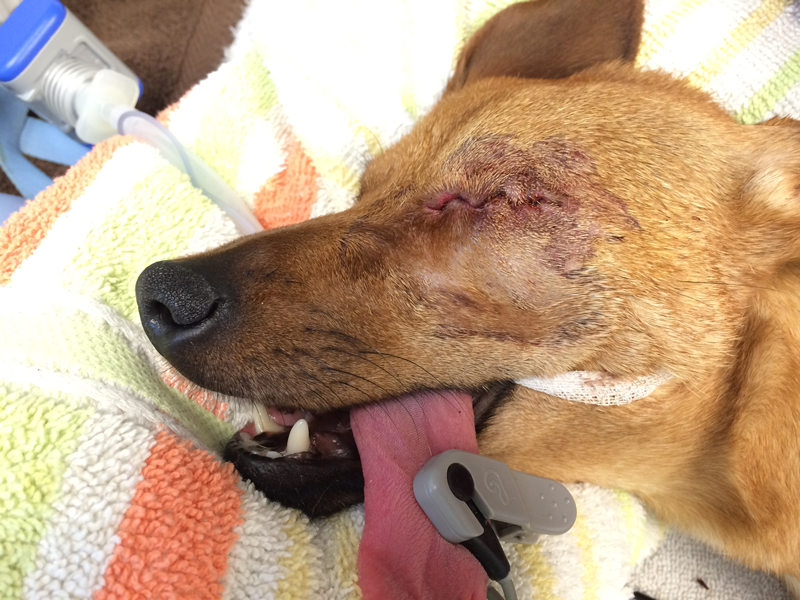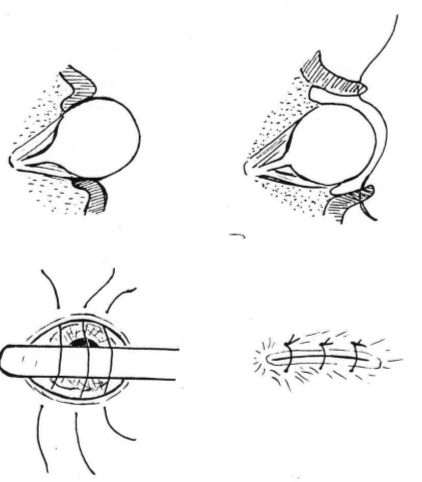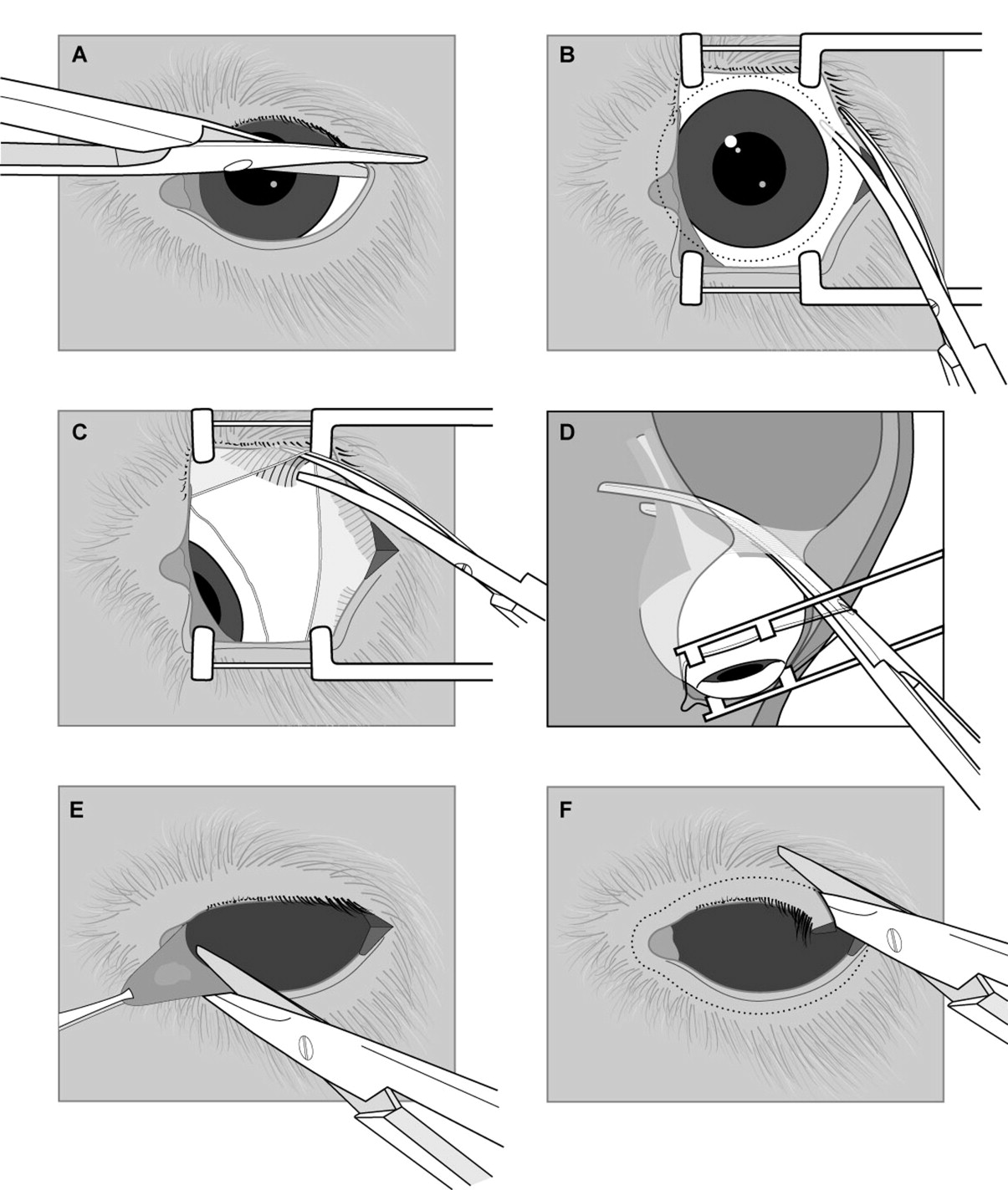Enucleation for Rupture Globe
What is globe rupture and how is it managed?
A ruptured globe is an eyeball with full-thickness defect in part of the eye’s wall. It is a serious injury. The eye is blind, very painful, and difficult to be repaired. The most common causes for globe rupture include neoplasia (cancer around or inside the eye), trauma (such as a severe scratch or puncture to the eye, hitting the eye on something sharp), deep ulceration, and glaucoma (high pressure inside the eye). Having a ruptured globe will be extremely painful and it will distress your pet. It is an emergency and it should be addressed through surgery as soon as possible to prevent serious complications.
Enucleation, an operation performed to remove an eye, is most commonly advised to manage a ruptured globe. Removing the ruptured globe can eliminate the pain and is preferred over long-term use of medications. If there is suspected tumour in or around the eye, removal of the eye is advised to prevent the tumour from spreading to the rest of the body.

How is enucleation performed?
The pet will undergo general anaesthesia and be put on the surgical table. The hair around the eye will be clipped and the whole eyeball together with the eyelids will be removed. The surgical site will be closed in several layers and the skin will be stitched together. After waking up from the general anaesthesia, the pet may be sent home with painkillers and/or antibiotics.
It is usually advised to send the eye to a laboratory for further investigation. It is important because the findings may indicate if there are any implications for the other eye and provide information about the pet’s general health. You and your vet will be informed of the pathology, usually within a week or two after the operation.

What is expected after enucleation?
Some pets will go home on the day of enucleation, but if the pet has other debilitating disease(s), the surgery is performed in the afternoon or in the case of an older animal, it may be necessary to keep your pet in the hospital overnight for care and monitoring.
Since the eye is removed to control pain caused by an eye problem, the pet is usually comfortable following enucleation. The long-term comfort after enucleation is typically excellent.
The cosmetic result following enucleation is usually satisfactory. There may be a slight depression over the area where the eye was removed because there is nothing in the eye socket. This depression is less obvious in pets with longer or darker coats. The hair will grow back over several weeks.

What is the after-care post-enucleation?
The surgical site is likely to have bruises, swelling or blood-tinged discharge (from that area or nostrils) for several days – these are normal and should resolve within two to three days.
Most pets can be back to their normal selves within a week. Some pets will need to wear a Buster collar for several days to prevent self-trauma to the area.
The surgical site is usually checked in about 5 to 10 days after the surgery. Your vet will assess if the pet is doing well and if the wound is healing well. Sutures may be removed by your vet in 10-14 days after the surgery.
The pet will have lost vision of the side of the enucleation and may need to adjust to being approached from the front or from the other side. Cats should be kept indoor first after enucleation because the outdoor lifestyle can be dangerous to them after they have lost an eye.

After there any complications during or after enucleation?
Potential complications are not common to see, but they include incision dehiscence (opening of incision site), infection, excessive bleeding and chronic discharge,
If the area becomes persistently painful, swollen or is having a lot of discharge/blood and the problem is not resolving, you should contact your vet immediately. If there is chronic discharge from the incision site, it can accumulate and form a cyst inside the eye socket, which may require a second surgery to be fully cleaned out.
If your pet has a condition that can endanger the remaining eye, be sure you take the necessary preventative measures or treatments to protect the remaining eye.



